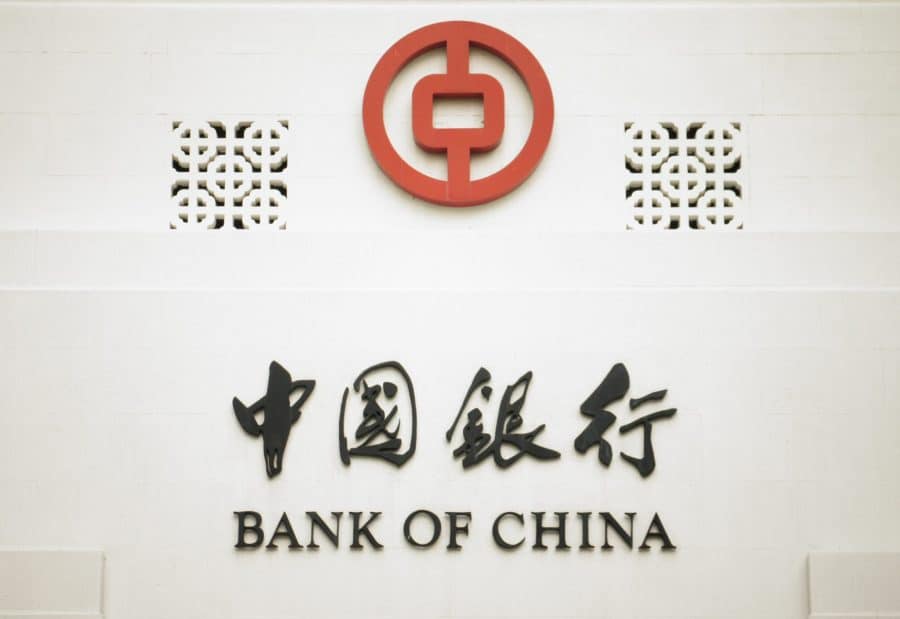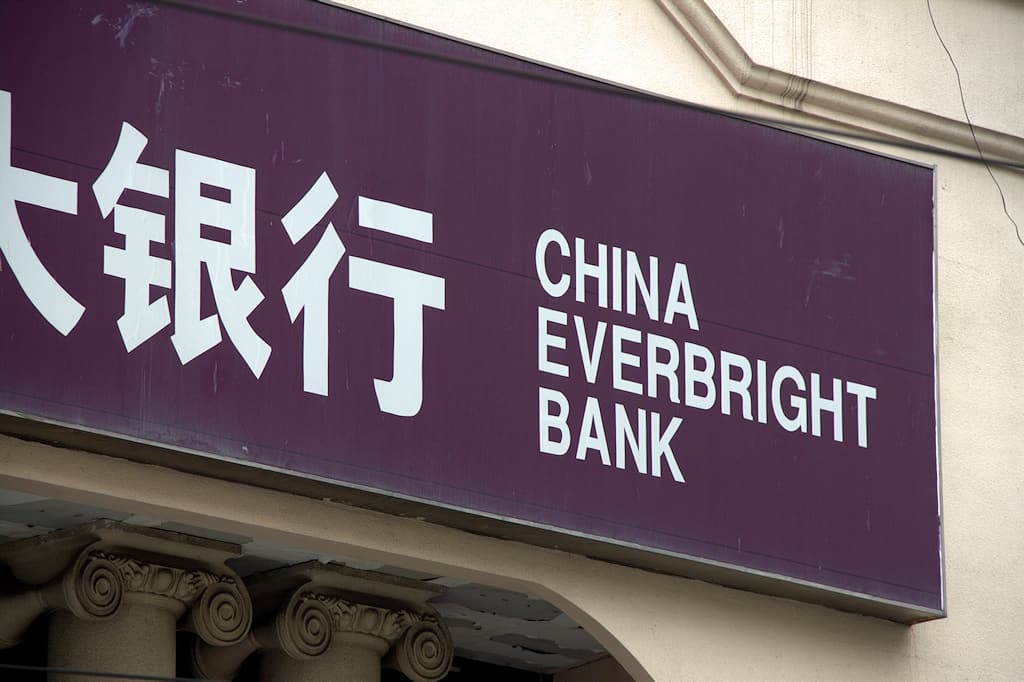Chinese regulators have issued the first ever penalties applied to the wealth management subsidiaries of domestic banks following the launch of new asset management regulations.
On 2 June the China Banking and Insurance Regulatory Commission (CBIRC) announced that it had applied fines totalling 14.9 million yuan to four financial institutions following a series of specialist inspections of the wealth management operations of Chinese banks and their related subsidiaries.
The financial institutions penalised were China Everbright Bank and Bank of China as well as the wealth management subsidiaries of both lenders.
Bank of China’s wealth management subsidiary received a fine of 4.6 million yuan for six instances of non-compliant conduct, including excessive leverage for open-ended publicly offered wealth management products, and the use of amortised cost valuations for investment assets in breach of regulations.
Everbright’s wealth management subsidiary received 4.3 million yuan in fines for five instances of non-compliant conduct, including failure of open ended publicly offered wealth management products to satisfy high-liquidity asset ratios, and inconsistent or inaccurate wealth management product promotions.
Bank of China also copped a fine of 2 million yuan, and China Everbright Bank a 4 million yuan penalty.
The penalties mark the first time that wealth management subsidiaries of Chinese commercial banks have received fines from Chinese regulators.
“in recent years, financial regulatory authorities have gradually established a rules system for wealth management companies and wealth management operations,” said Dong Ximiao (董希淼), chief researcher with Merchants Union Consumer Finance, to state-owned media.
“Against this background, the first penalties against wealth management companies clearly indicate that regulators are focused on strengthening rules inspections and execution, to drive the orderly and standardised operation of wealth management companies, and expedite the healthy development of wealth management operations and the wealth management market.”




